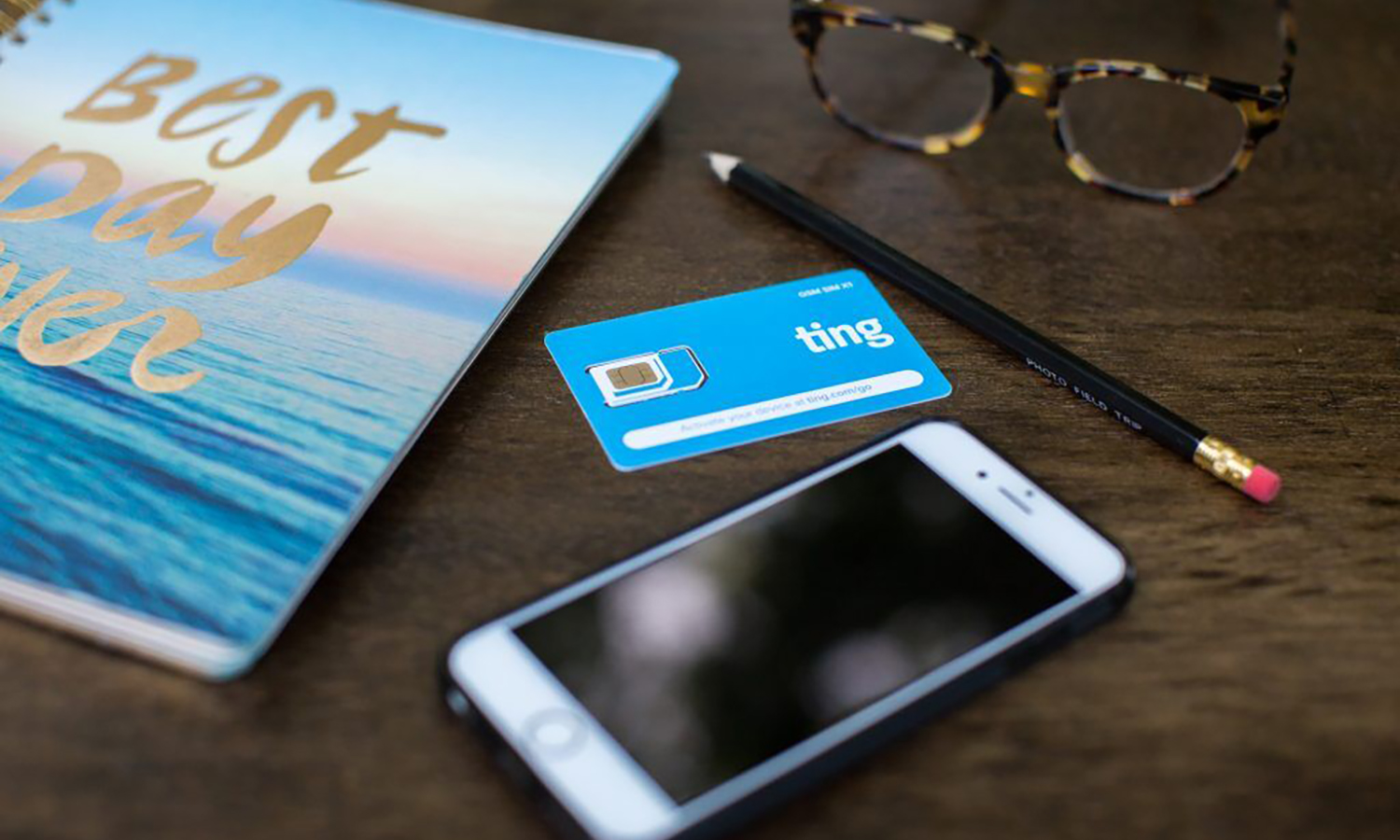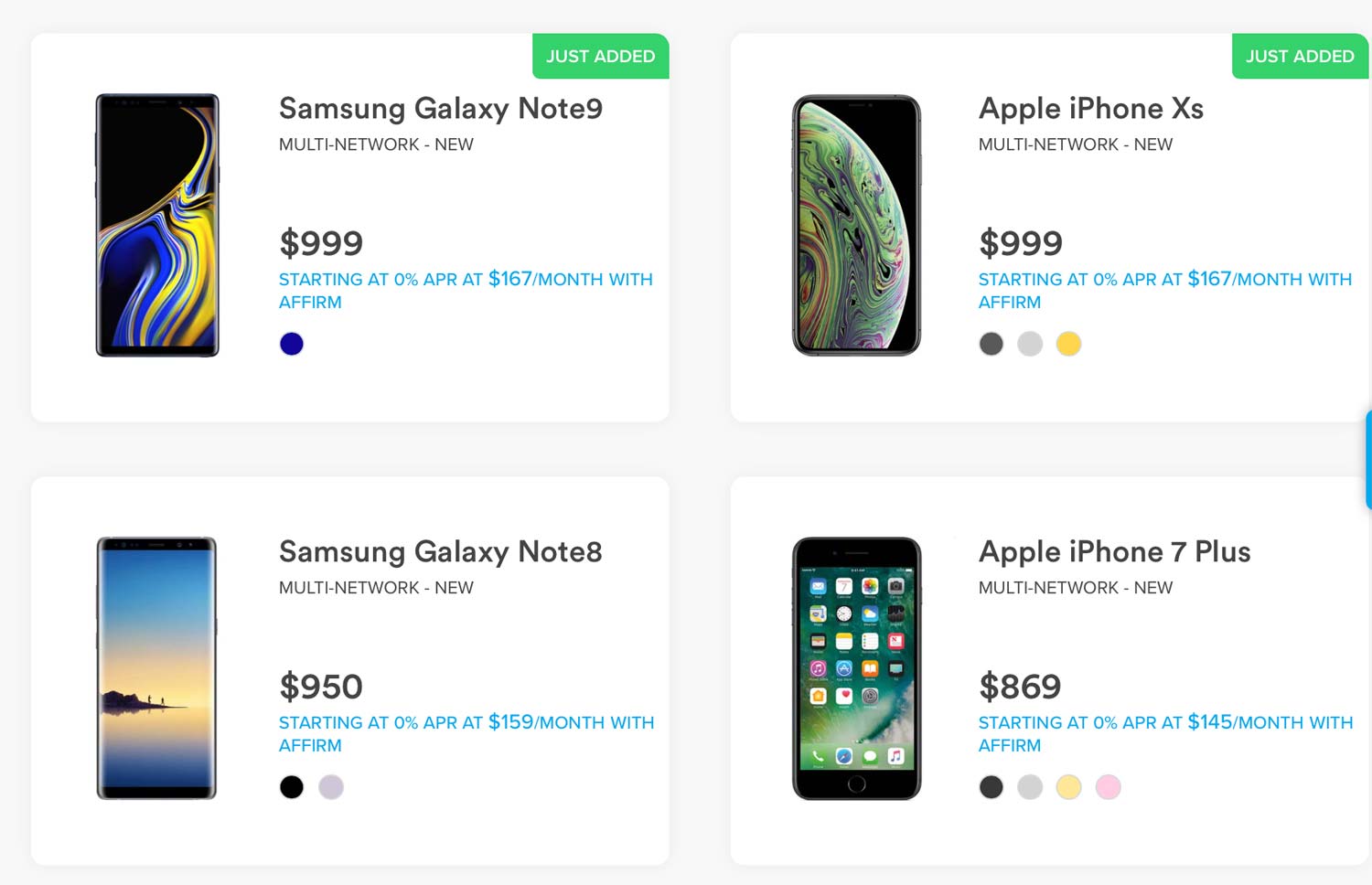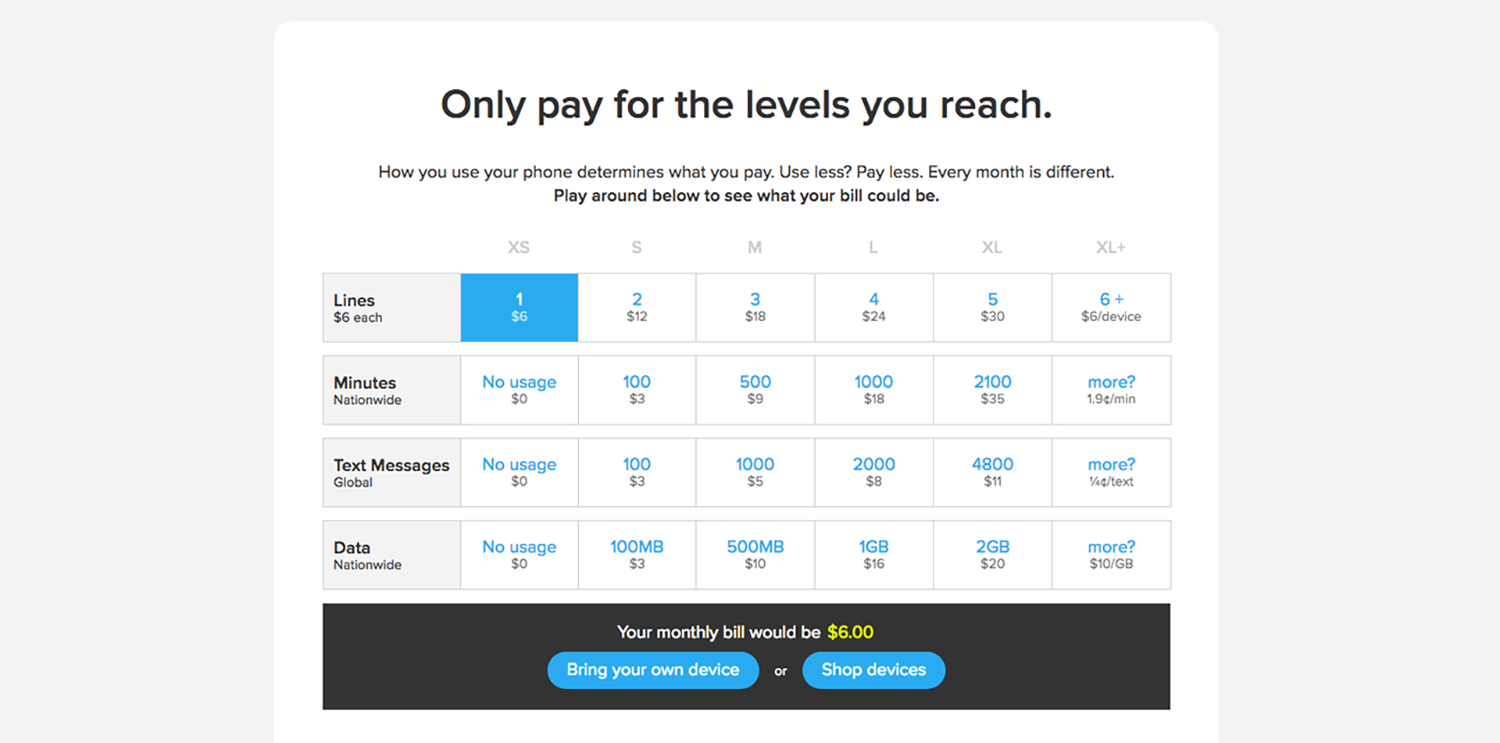What Is Ting, and Is It Worth It?
Here's what you need to know about Ting and its wireless service.
Editors' Note: Updated on Nov. 28 after TPO shut down its mobile service and passed existing customer accounts to Ting.
Ting holds a special place among mobile virtual-network operators: It was one of the first to popularize the pay-for-what-you-use pricing structure. Ting also offers high-end smartphones and features, but if you keep your usage low — which the carrier will help you do — you can still enjoy a small monthly bill.

Ting has become especially relevant to mobile customers of The People's Operator. TPO shut down its US wireless service this month, with existing customers having their account balances, SIM cards and phone numbers transferring over to Ting.
Here's what you need to know about Ting and its wireless service.
What network does Ting use?
Ting offers you two options when you sign up for an account: You choose either a CDMA or GSM network. The former will have you rely on Sprint for coverage, the latter on T-Mobile. Based on our most recent testing for the fastest wireless network in the U.S., most people will be better served by T-Mobile, but this really depends on where you live and travel, as we did find Sprint to be superior in some markets. (And Sprint is improving!)

If you travel internationally regularly, note that GSM phones on Ting can work overseas without the user taking any additional steps. CDMA phones on Ting will require an international SIM unlock and some settings changes for use outside the U.S. International surcharges will apply, with rates varying from country to country.
What phones can you use with Ting?
Ting has 25 smartphones as well as a couple of flip phones and some tablets available on its website. As of this writing, the carrier offers full support for the iPhone and pledges to offer new Apple devices in a timely fashion in the future. In fact, the iPhone is definitely the focus for Ting among high-end devices, as the Apple device can be activated on either a GSM or CDMA network. You'll find all the latest iPhones at Ting, as well as the iPhone 7 Plus and iPhone 8/8 Plus.
Get instant access to breaking news, the hottest reviews, great deals and helpful tips.
At Ting, you're not selecting a plan as much as you are paying for different tiers of service.
Ting's Android offerings have caught up with the times. It sells the Galaxy S9, S9+ and Note 9 from Samsung. You can also grab an LG G7 ThinQ if you want a current Android flagship. For cheaper phones, you can find a selection Moto offerings, including a discounted version of the Moto G6, as well as budget offerings from Samsung and Alcatel.

Notably, Ting offers financing on a number of its devices, a rarity with MVNOs, with 0 percent APR for qualified buyers paying off the device over 24 monthly payments.
If you'd prefer to bring your existing smartphone to Ting, that isn't a problem. The company has a handy compatibility checker where you can enter the MEID or IMEI number from your device to see if it's supported or not.
What are the best Ting plans?
Technically speaking, Ting doesn't have plans. Rather, it's a postpaid service whose users pay only for the amount of service they consume each month, plus a $6 service fee for each line. So you're not selecting a plan as much as you are paying for different tiers of service, with everything resetting at the end of each month. The company offers an online calculator to do a direct savings comparison against your current provider.
Here are the different tiers that Ting offers.
| Talk Minutes | 100/$3 | 500/$9 | 1,000/$18 | 2,100/$35 | 1.9 cents per additional minute over 2,100 |
| Texts | 100/$3 | 1,000/$5 | 2,000/$8 | 4,800/$11 | 0.25 cents for each additional text over 4,800 |
| Data | 100MB/$3 | 500MB/$10 | 1GB/$16 | 2GB/$20 | $10 per GB after 2GB |
Let's say you use 100 minutes of talk time, send fewer than 100 texts and consume just under 1GB of data. Your bill for that month would be $28, which includes that $6 access fee. And if you don't use anything in a given category — say you go the whole month without sending a text — you're not charged.
If you're on a budget or like to stay apprised of your spending each month, you can set ceilings for the tiers in each category. You can have the system either trigger an alert or actually cut off that piece of your service for the rest of the billing period once you hit a specific threshold.
While the company doesn't advertise this feature, Ting does give a 5 percent allowance, so if you just barely sneak over into the next tier, you won't be charged for it.
What special features does Ting offer?
Ting offers a cancellation-fee reimbursement if you come over from another carrier: You'll get back 25 percent of whatever your carrier will charge you to leave, whether that's an early termination fee or the balance remaining on your phone. The reimbursement is capped at $75 in credit on your account. To put that in context, many of the major of carriers will give you hundreds of dollars in credits to cover the cost of switching fees.

As noted, Ting offers international calling and international roaming — features that are often ignored by MVNOs. Ting says there's no extra cost on calls to 60-plus countries, though some of those free calls are only to landlines and not mobile numbers.
Families can add extra lines to Ting for just $6 per line, pooling minutes, texts and data. That's a lower access fee than Consumer Cellular, which charges $10 to add an extra line. FreedomPop charges only $5 per line for its family plans, though.
Ting has an excellent referral program, which could be useful if you are the friend or family member that people come to for tech advice. You can offer a $25 credit with your referral link that will in turn get you a $50 credit for the first person who signs up and $25 for any additional sign-ups. Ting even sends you an extra SIM card when you first activate your account, so you've got a spare to give to someone if they are interested in trying out the service.
What do customers say about Ting?
Reviews of Ting online are fairly polarized, with online reviewers either praising or blasting the service. On Yelp, for example, Ting averages 3 out of 5 stars; out of 30 reviews, with 1-star reviews just edging out the 5-star raves. Ting is unranked at BestCompany.com due to an insufficient number of customer reviews, though the reviews that are posted about the service like the pay-as-you-go approach.

One of the most common complaints from users is coverage, so if you are considering Ting, be sure to check Sprint and T-Mobile coverage in your area to find the option that is right for you. The second most common complaint involved larger than expected bills after a heavy month of usage. Ting does have tools to prevent this problem, with alerts and hard limits on usage, so prospective customers should be sure they make use of these features.
Bottom line
Ting offers some of the benefits of a larger carrier, like device payment plans, cancellation fee reimbursements and the latest iPhone. At the same time, it maintains the low monthly costs that bring customers to an MVNO in the first place.
The easy-to-use dashboard will help keep you on top of your usage and allows you to place alerts and restrictions on use to avoid any billing surprises. It's just important to be aware from the outset that you are going to benefit from Ting only if your phone use is both light and consistent from month to month.
A self-professed "wearer of wearables," Sean Riley is a Senior Writer for Laptop Mag who has been covering tech for more than a decade. He specializes in covering phones and, of course, wearable tech, but has also written about tablets, VR, laptops, and smart home devices, to name but a few. His articles have also appeared in Tom's Guide, TechTarget, Phandroid, and more.

